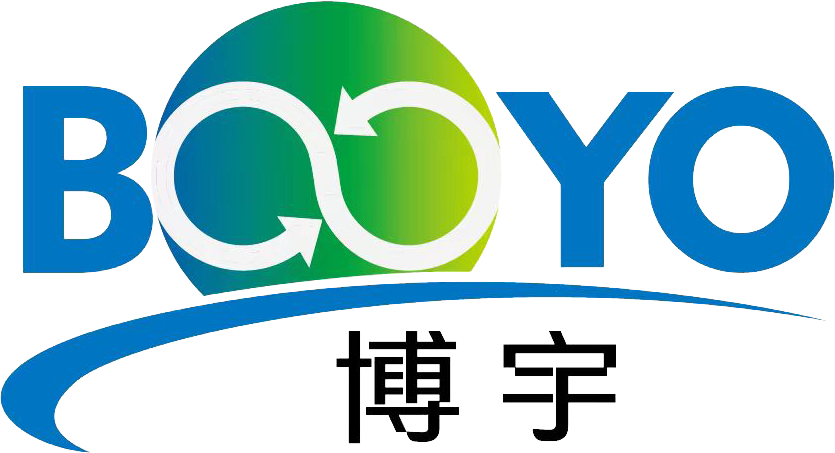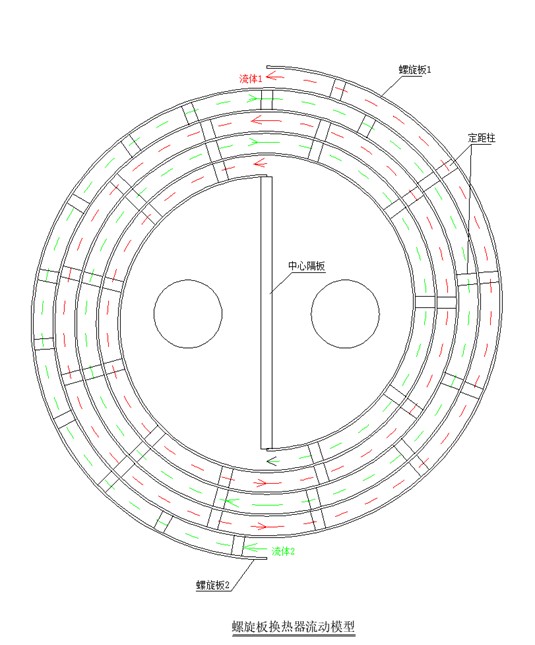
Our News
Find out about our latest news here.
Latest News
- ▶ Large-Scale Spiral Plate Heat Exchanger – 450㎡ Heat Exchange Area, 4m Diameter High-Efficiency Heat Transfer Solution
- ▶ Rich Oil Heater (Oil Rich in Aromatic Hydrocarbons)
- ▶ Power Plant Boiler Heat Recovery System Price Overview
- ▶ The Relationship Between U-Tube and Shell-and-Tube Heat Exchangers
- ▶ U-Tube Heat Exchanger: An Efficient Heat Transfer Solution
- ▶ Differences Between Vertical and Horizontal Spiral Plate Recommended Guide 1
Message
1. Structure and Installation Features
Vertical Heat Exchangers
When installed vertically, the unit takes advantage of gravity, which helps distribute the fluid more evenly within the exchanger. This orientation is particularly beneficial when dealing with fluids that contain suspended solids or have a tendency to deposit, as any sediment tends to settle at the bottom, facilitating easier removal and cleaning. However, vertical installations may require additional height clearance at the site.Horizontal Heat Exchangers
In horizontal installations, the exchanger is laid on its side, making it ideal for situations where there is ample horizontal space but limited vertical clearance. The design must ensure even fluid distribution along the heat transfer surfaces to prevent localized stagnation. Horizontal configurations are often chosen for gas-to-gas or gas-to-liquid heat exchange applications, where the fluid is typically cleaner and less prone to depositing.
2. Fluid Distribution and Heat Transfer Efficiency
Vertical Installation
The gravitational effect in vertical setups promotes a stable flow pattern, which is advantageous for fluids with solid particles or high deposition tendencies. This stability helps reduce the risk of blockage and ensures consistent heat transfer performance over extended operating periods.Horizontal Installation
For fluids that are relatively free of particulates (such as gases or clean liquids), a horizontal configuration can achieve effective heat transfer. However, the design must carefully manage the flow dynamics to ensure uniform distribution and avoid regions of low velocity that could impair thermal efficiency.
3. Maintenance and Cleaning
Vertical Units
The vertical orientation simplifies maintenance by leveraging gravity to help collect and drain sediment. This feature is particularly useful in applications involving particulate-laden fluids, reducing the likelihood of blockages and facilitating more straightforward cleaning procedures.Horizontal Units
Although horizontal exchangers can be dismantled for maintenance, the horizontal layout may lead to dispersed sedimentation within the unit. As a result, more detailed cleaning strategies may be necessary to thoroughly remove deposits and maintain optimal heat transfer performance.
4. Installation Conditions and Site Requirements
When to Choose Vertical
- Suitable for processes involving fluids with suspended solids or a high propensity for fouling.
- Ideal when there is sufficient vertical space and when leveraging gravity-assisted sediment removal is advantageous.
When to Choose Horizontal
- Preferable for gas-to-gas or gas-to-liquid applications where the fluids are clean and less likely to deposit solids.
- Best suited for installations with ample horizontal space but limited vertical clearance, or where equipment needs to be integrated closely with other systems.
5. Comprehensive Considerations
When selecting between vertical and horizontal spiral plate heat exchangers, several factors should be weighed:
- Process Parameters: Temperature, pressure, flow rate, and the corrosive nature of the fluids.
- Economic and Safety Aspects: Cost of manufacturing, maintenance cycles, and safety requirements.
- Site Conditions: Available installation space, both horizontally and vertically, and the overall layout of the process system.
Engaging in detailed discussions with equipment suppliers and process engineers during the design phase is recommended to ensure the chosen configuration best meets the specific operational and economic needs.
Summary Which Kind of heat exchanger should be choose
Vertical spiral plate heat exchangers excel in handling fluids with a high load of particulates or a tendency to foul, thanks to gravity-assisted sediment removal and easier cleaning. In contrast, horizontal units are optimal for applications involving cleaner fluids, particularly in gas-to-gas or gas-to-liquid heat exchange processes, and are advantageous when vertical space is limited. The final choice should be based on a comprehensive evaluation of the process conditions, installation constraints, and maintenance considerations.
PROFESSIONAL CONSULTATION
If you are interested in our products and want to know more details, please leave a message here, we will reply you as soon as we can.
